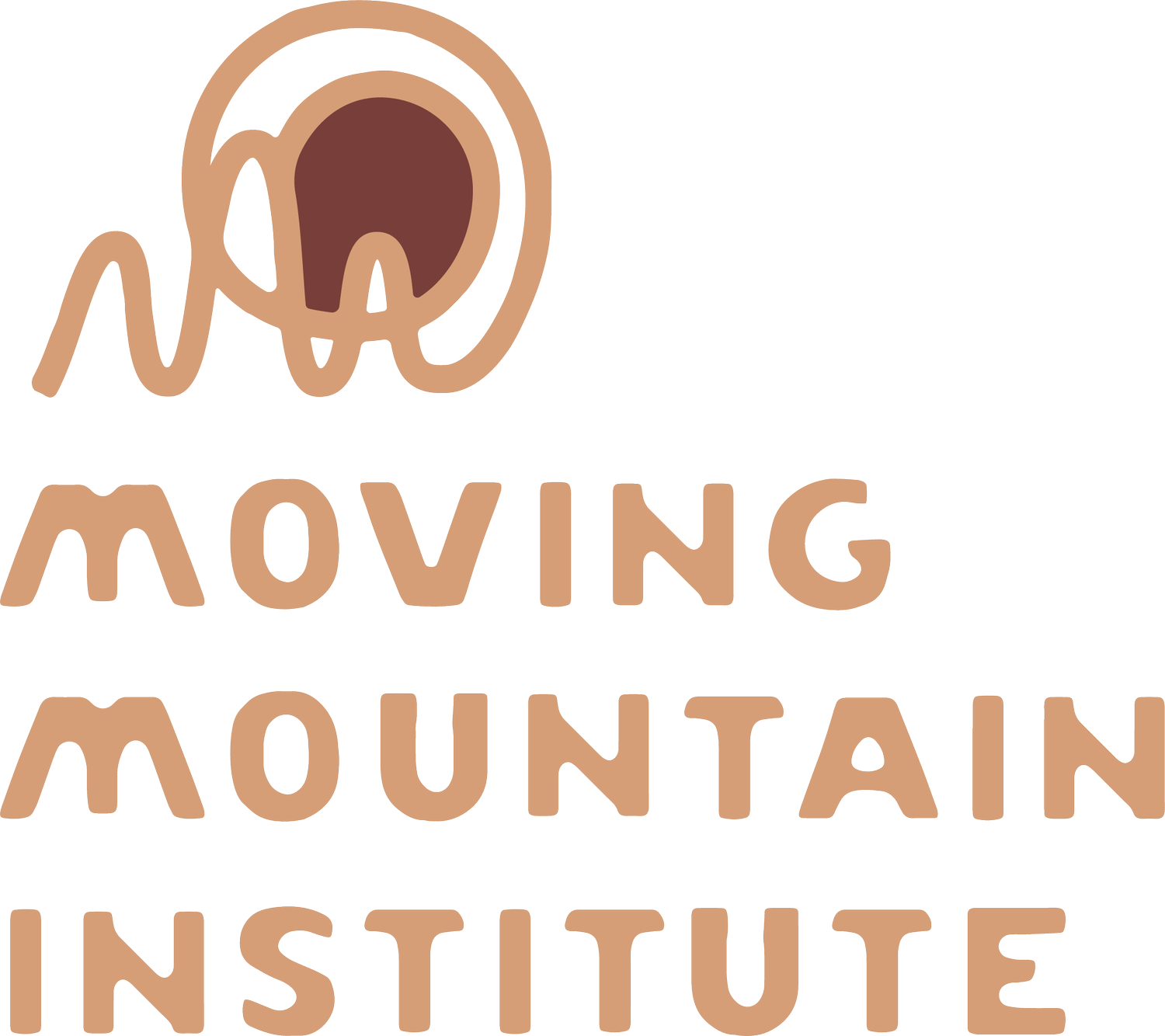Myofascial Release for Fibromyalgia
/Happy Monday all!
The most recent issue of Massage and Bodywork Magazine is focusing on Fibromyalgia and pain sensitivity conditions. They are correct in emphasizing the benefits of gentle and informed hands-on work for these patients. I have linked here an article that is specifically focusing on Myofascial Release for these conditions and with Myofascial Release I this weekend, what better time to share!
The article gives a great explanation of the interaction between the fascia and the nervous system. I think for our purposes the aspect to highlight is that the type of touch utilized in myofascial work has a global effect on the nervous system. No matter where you are working, if you are treating these patients with myofascial work, their whole system will begin to down-regulate, so the effects of your work will be global.
The authors also discuss the importance of working with the pelvis in these cases. I completely agree. I often begin sessions by assessing and treating, both myofascially and with cranialsacral work, from the sacrum. Then I treat the entire back using myofasical work - even if they have specific complaints around certain joints. It is a common presentation with fibroyalgia patients that there is joint pain and it can migrate. So, while it is important to give relief to the specific areas that are bothering that person that day, it is most important to remember that their entire system is needing help finding balance and to make that a major focus.
One quality I have noted over the years of doing myofascial work with these conditions in the clinic is that we have to be patient, the tissue usually responds a little slower and so releases can take more time. Also, I've notice (for myself at least, some of you may be more perceptive), that it is more challenging for me to perceive the releases happening. So, I work from a place of trust and try to engage the person in dialogue to get a sense of how effective the work is. Often, patients will describe a sense of relaxation or relief - even if they aren't totally aware of specific sensations.
The article briefly mentions cranialsacral work as being an adjunctive therapy. In my experience, for some patients, they actually respond better to more cranial work and less myofascial work. Each person is unique and even if a group of patients share a common diagnosis, treatment for for each them will vary. I think it is helpful to have multiple approaches for these types of cases and it is especially useful to have modalities we can use beyond needles. There are people whom, for whatever, reason don't tolerate needles well but respond wonderfully to gentle hands-on work, moxa, and non-insertive techniques such as the tei-shin.
In closing, if you have training in any of these gentle modalities, you should feel confident that you can help people who are dealing with fibromyalgia and other conditions of increased sensitivity. These patients will be incredibly grateful - there are not enough people trained to work gently and yet intelligently with the body. This patient population is an excellent example of people truly need this medicine. People will experience immediate temporary relief and often, with some other good help (intentional movement practices, Chinese herbal formulas, good Naturopathic care), can achieve significant improvement in their quality of life.
Best,
michael
P.S.: If you have access to the online version of Massage and Bodywork, there are embedded videos that you might find interesting. The NUNM library has a subscription.




